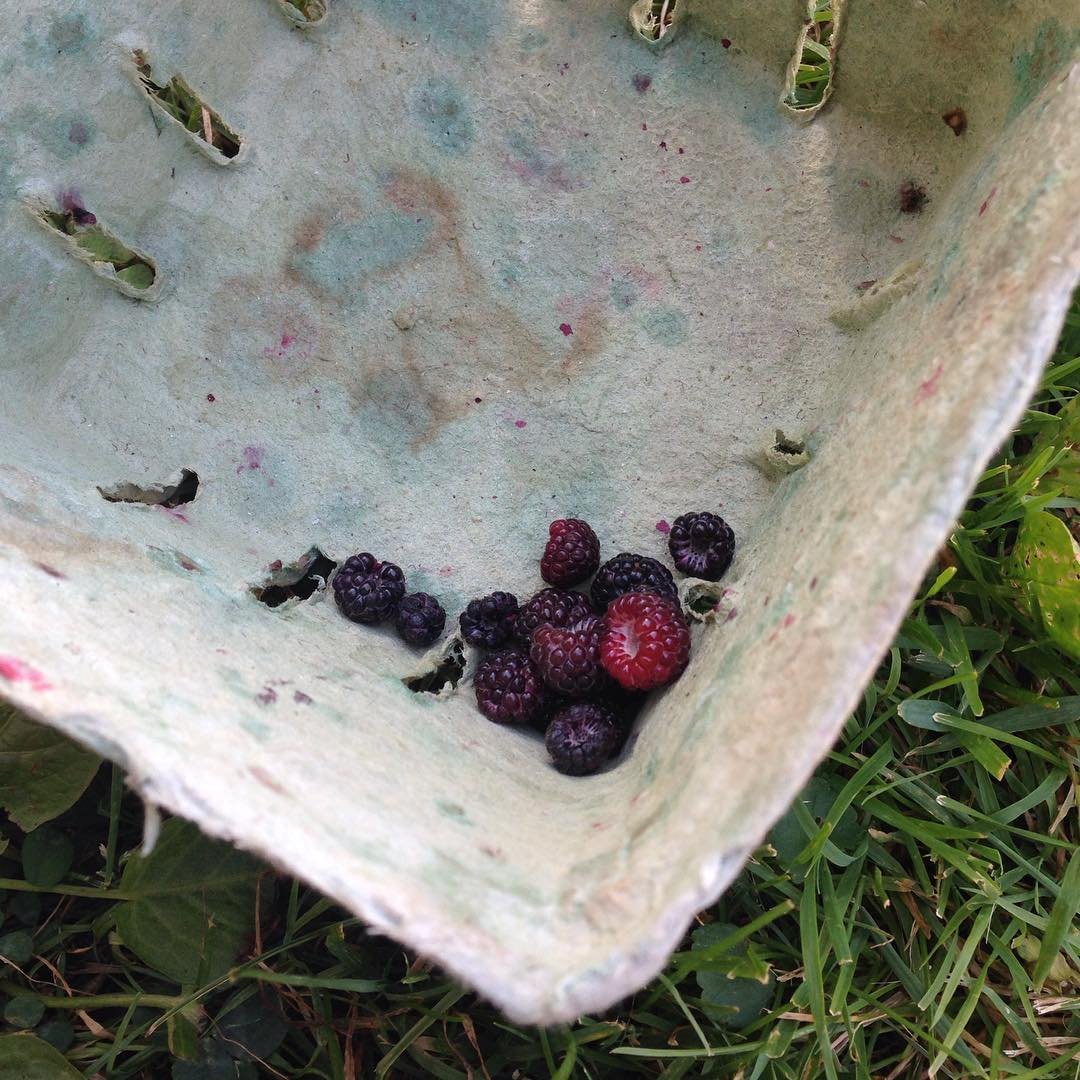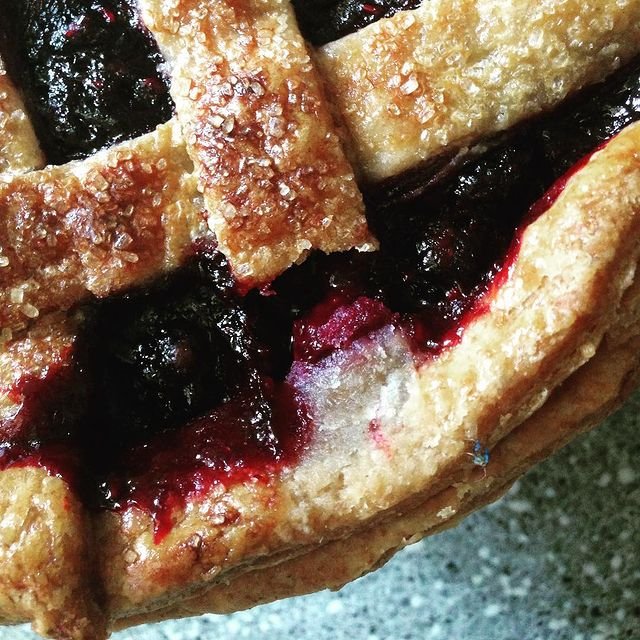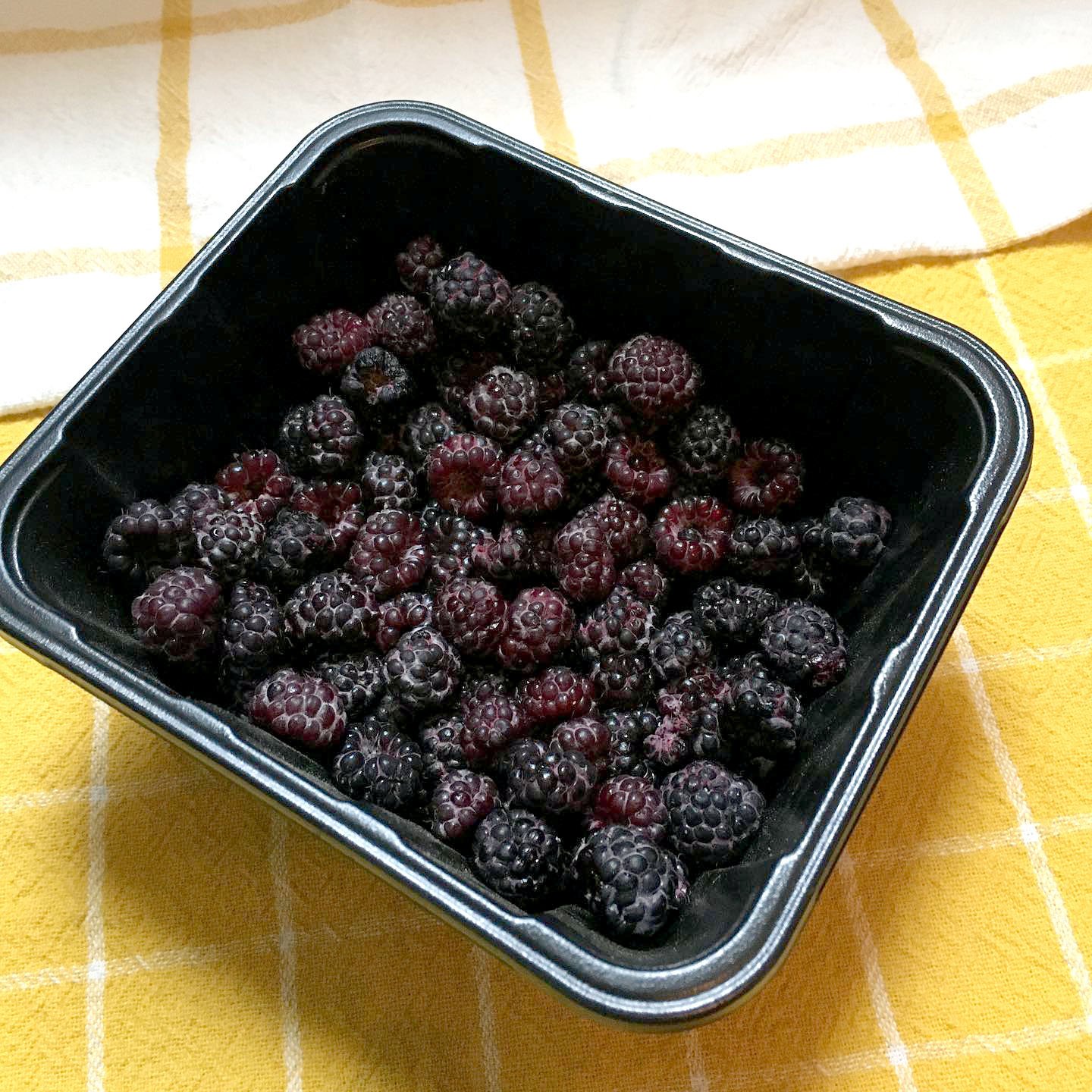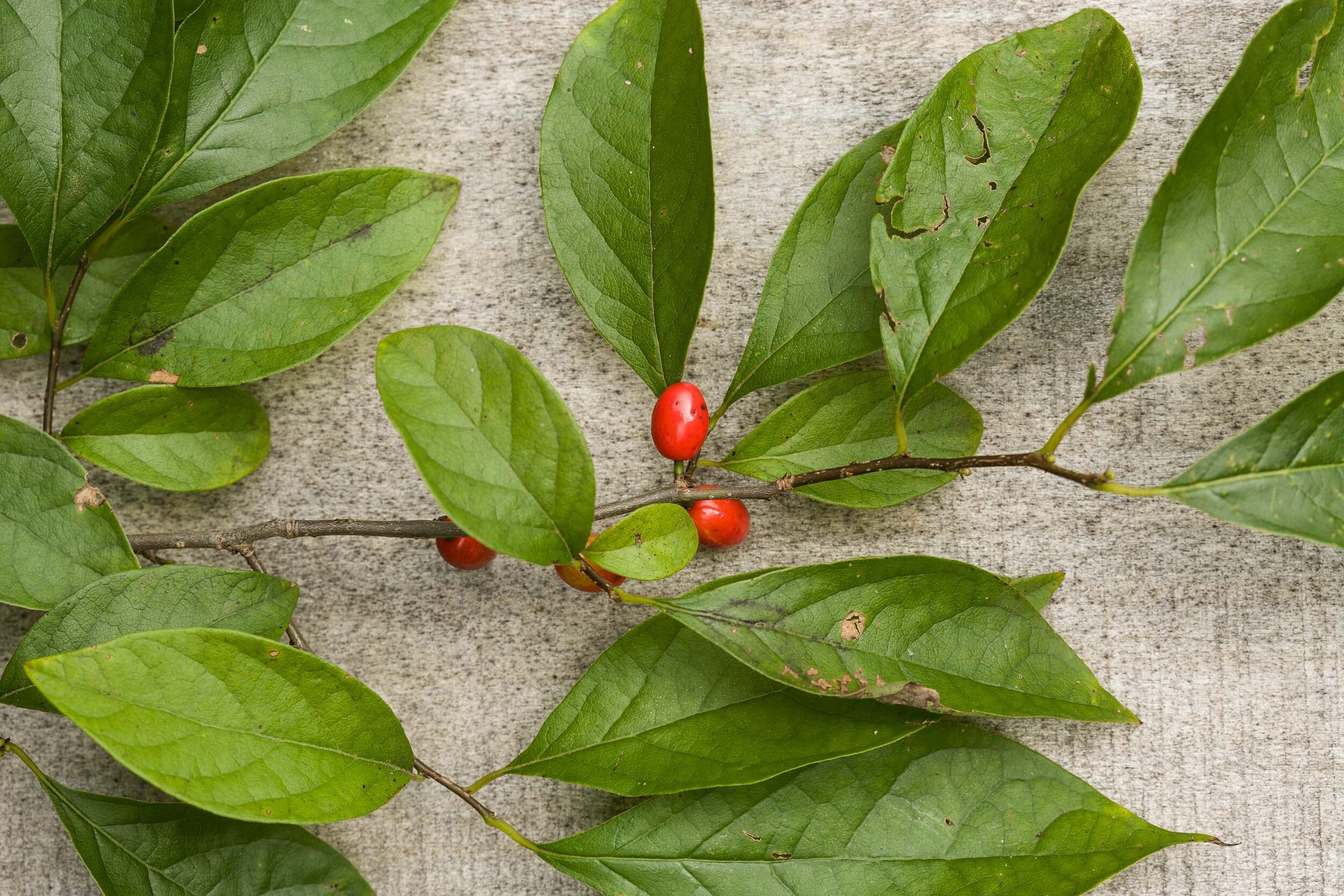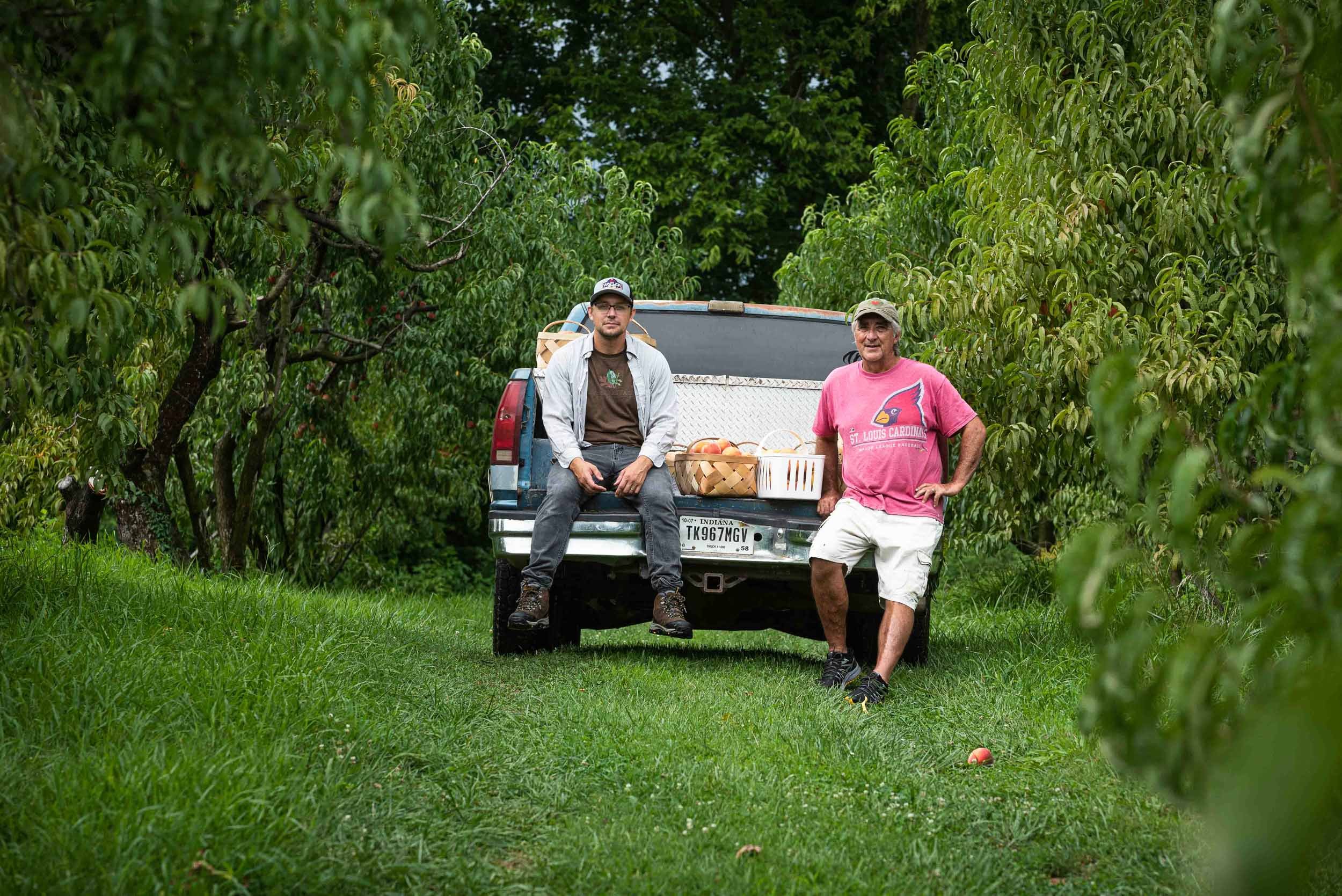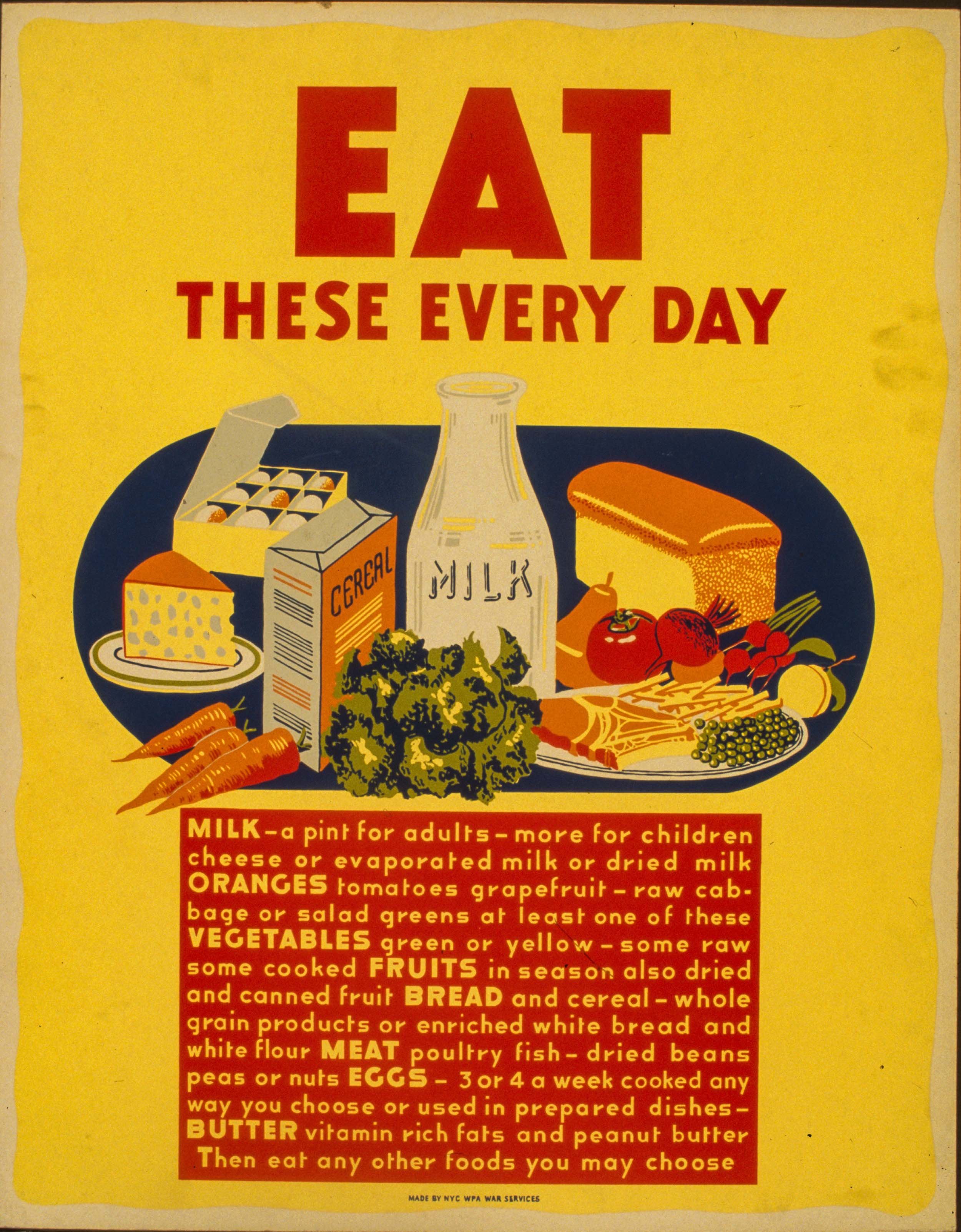In Praise of the Black Raspberry
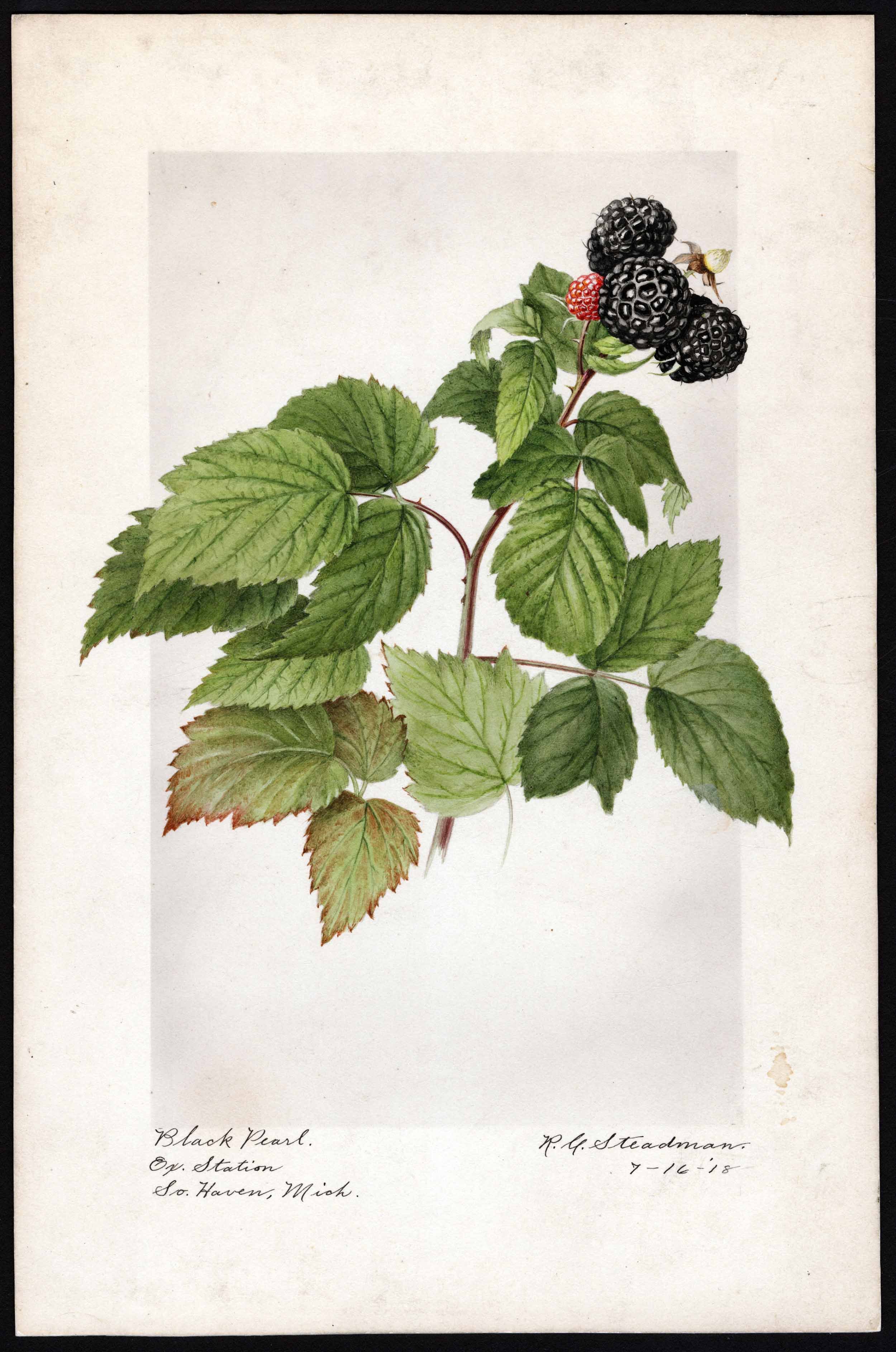
Beyond flavoring Graeter’s signature ice cream, this fabulous fruit is worth seeking out. It’s powering medical treatment, too.
by Polly Campbell
illustration by USDA Botanical Collection
I am unaware of any fierce competition going on over this issue, but if there were ever a vote to name Ohio’s state berry, I’d lobby for the black raspberry. In fact, I might suggest letting paw paw and black raspberry fight it out for Ohio state fruit.
It’s not because Ohio leads the nation in production of the delicious dark berries. That would be Oregon. And I’m not just talking about Graeter’s most popular ice cream flavor. When you consider the black raspberry’s history, its ability to inspire regional fandom and nostalgia, and some really remarkable research originating at The Ohio State University showing that it has a role in cancer treatment, Ohio is where it’s at. Plus the black raspberry is a bit of an underdog, which I feel also makes it Ohioan.
They are a native species, found growing wild over much of the north and eastern part of the country, including all of Ohio. Their relatives are the European red raspberry and the blackberry, which both have a following. But the black raspberry, though less known, has its fans too. Sara Bir, a resident of Marietta, OH, and author of The Fruit Foragers Companion, takes it as a given that the black “is clearly the superior raspberry.” On foraging rambles, she finds them growing on edges of woods and meadows, on disturbed ground, often growing near blackberries.
Foraging expert, chef, cookbook author, and occasional Edible Ohio Valley contributor Sara Bir shares her foraging escapades on her Instagram account, @sausagetarian. She regularly scores black raspberries near her home in Marietta, OH. She shares a blackberry pie recipe in her book The Fruit Forager’s Companion
Bir calls black raspberries “hands-down the best berries of all berries.” On Instagram, she wrote, “Dad picked these at our favorite u-pick farm about a month ago. I gobbled them by the handful. The black raspberries are done here for the season and it’s now time for enjoyable but not nearly as compelling blackberries.”
How to tell the difference? Bir suggests that if it’s a segmented berry growing on thorny canes, you could just taste them. “The black raspberry just tastes better than the blackberry.”
A less subjective difference is how they’re attached to the plant. A blackberry comes off with a small white core, called the receptacle, still inside the berry. The black raspberry pulls off the receptacle, leaving it with a hollow middle. It’s called a “black cap” in some places because of that shape.
And the difference between black and red raspberries? A black raspberry really is black, sometimes with a sort of dusting of lighter purple outlining each little segment of the fruit. “I think the black has a different kind of tartness, not as bright as the red,” Bir says. “It’s a layered flavor, with a beginning, a middle, and an end.” Black raspberries also have more and harder seeds, which she describes as nicely crunchy, but others just call them seedy. “People in Ohio have a real affinity for the flavor,” she notes.
Nicholas Longworth: Superfan
The person who took the black raspberry out of the woods and into cultivation first was none other than Nicholas Longworth, better known for his Cincinnati mansion, now the Taft Museum, his wealth, his vineyards, and his descendants.
He was a dedicated horticulturist, and in the fall of 1832, he came across a black raspberry plant “in the center of the state” when he was escaping one of Cincinnati’s cholera outbreaks. He named it the Ohio Everbearing. “I found a raspberry in full bearing, a native of our state, and the only everbearing raspberry I have ever met with. I introduced it the same winter into my garden, and it is now cultivated by me in preference to all others, and my table is supplied from the beginning of June till frost,” he wrote.
Longworth’s variety never caught on widely, although the Shakers of Union Village in Warren County grew it. New varieties were dug up in the woods and cultivated by others. By 1850, the native berry had caught on in domestic gardens, and by the end of the 19th century, had a commercial use. Thousands of acres of black raspberries were planted in western New York, grown for the “evaporation” industry—they were dried like raisins. In 1894, Wayne County, NY, shipped over a million pounds of dried black raspberries. That industry lasted until widespread canning and better transportation made it obsolete.
A Hard-to-Find Delicacy
Today the black raspberry is a niche crop. In Oregon, 50 million acres are planted in red raspberries, only 3 million in black. The black variety doesn’t transport well. Blackberries are sturdier because of that white core left in the berry, and there’s been more interest in red raspberries.
You can’t find them at a store, even frozen. I can’t remember even seeing them at a farmers’ market. This scarcity is probably part of the longing certain people have for the particular flavor. In mentioning this story to friends, several people told me their mother or grandmother used to have a patch and they remembered delicious pies from the past. Dr. Gary Gao, a small fruit specialist at OSU, is surprised by the strength of people’s preference for either red or black, and thinks the black “is an Ohioan thing.”
Most people, then, encounter the flavor in a product like jam or ice cream. Graeter’s of Cincinnati introduced black raspberry ice cream sometime during Dick Graeter’s time running the company, perhaps in the 1960s. He remembered the flavor fondly from his youth, so it already had some nostalgic appeal. The chocolate chips came later, in the ’80s. Aglamesis and United Dairy Farmers have their own take on the flavor. It’s also popular in New England, particularly Vermont, where it’s one of the most popular flavors of creemees, which is what Vermonters adorably call soft-serve. Jell-O created a black raspberry flavor in 1956, but it seems to have fallen off their menu.
But fresh is best, and the best way to get your hands on fresh berries is to forage them yourself or visit a you-pick farm (which is “almost like foraging them,” Bir says, because there are a lot of thorns to contend with). In Ohio, Monnin Farm near Dayton and Champaign Berry Farm near Urbana grow black raspberries to pick; the biggest in the state is Stokes Berry Farm in Wilmington.
Dale and Jane Stokes started their farm in 1962, and grew strawberries and raspberries of all colors. Dale has also been a professor of agriculture, and he had experimental plots with yellow berries and beautiful crosses like purple berries (now that’s a niche product, and in my opinion, the ultimate berry).
Right now, the farm is planted in black raspberries and strawberries. Jane died in 2022 after years of being the friendly voice on the phone when you called to find out when the crop would be ripe. She was a home economics teacher who made wonderful berry jam and black raspberry pie. The Stokes’ son Mark and his wife Stephanie bought the farm a few years ago. Stephanie is from the Finger Lakes region of New York, where there was a big patch in her backyard (possibly left over from the one-time evaporation industry).
Growing black raspberries can be challenging. They don’t stand up well to cold. “Well, they did OK until polar vortexes became a thing,” Gao says. The bigger producers in Oregon supply any large commercial use. They don’t last or ship well enough for most retail sale. But you-pick is still a viable model, though last year at Stokes, a hailstorm almost completely destroyed the crop on the eve of the day they were going to open picking.
Stokes Berry Farm hosts a lot of black raspberry fanatics. “We get tour groups on buses who come to pick. People schedule their family trips around the season,” Stephanie Stokes says. “We’ve had tours from five or 10 foreign countries. A Korean TV crew came once.”
There are some other promising new markets for black raspberries. Stokes said that they’ve been selling frozen berries to local breweries.
A Superfruit’s Superpower
But what’s most exciting is their use and solid potential in health and medicine. If you stare into the depths of color in a black raspberry, you can tell it’s got to be healthy. Its juice is so dark that it has been used as a dye by the USDA to stamp grades on beef. That color signals the vitamins, minerals, fiber, anthocyanins, total phenolics, and other bioactive components in the berry.
Black raspberries aren’t just healthy in a “fruits and vegetables are good for you” kind of way. They’re healthy in a “they can shrink tumors” kind of way.
Research into the berry’s cancer-fighting use started in the ’90s. Dr. Gary Stoner of OSU and his team of cancer specialists were researching ellagic acid. Black raspberries are very rich in that polyphenol. Stokes Farm was just down the road. Dr. Stoner began working with Dale Stokes, buying black raspberries that were sent to a facility in Illinois to be freeze dried and ground into powder for use in lab research and eventually in clinical trials.
By 2016, a study of medical literature revealed that there had been a lot of very promising results. It found that “BRB inhibit a broad range of cancers in preclinical models, including in vivo models (studies using animals or whole cells) of oral, esophageal, colon, breast, and skin. That has led to clinical evaluation in cancer patients or patients with increased risk for cancer.”
Some of those clinical studies showed that black raspberry powder reduces colon polyp formation by 60 percent. A black raspberry gel shrank oral lesions. And they can inhibit the progression of Barrett’s esophagus to esophageal cancer.
Black raspberries are anti-inflammatory, reduce oxidative stress, and they also can promote a healthier gut biome.
What’s more, black raspberry powder, being basically a food product and not a pure chemical compound, has little toxic effect. It’s cheaper than chemotherapy, though the powder can boost the effect of more conventional therapies.
Anyone can buy the freeze-dried powder, which is becoming known as a general preventative health additive.
Stephanie Stokes said people buy it for prevention and find all kinds of ways to include it in their diet every day: “It’s not just smoothies and yogurt. People put it in lemonade. Some put their daily dose in with their coffee when they brew it.”
Now, in addition to keeping their fields of berries growing and healthy, Stephanie and Mark are training and helping out other farms in Ohio to grow black raspberries. The goal? Making Ohio a center of growing the fruit.
In the course of growing berries for research, Dale Stokes developed a new variety of black raspberry on the farm. He holds the patent on it. It’s everbearing, which was seen as a new thing, though it’s like that special berry Nicholas Longworth found 190 years ago. That means that there will always be one crop a year that doesn’t get killed by polar vortexes. It tastes good. It’s full of bioactive compounds.
It’s called Ohio’s Treasure.
Berry Cordial
make 2 quarts
An excellent way to preserve the flavor of black raspberries to enjoy all year, without the seeds.
1 quart black raspberries
1 cup sugar
1 quart vodka (not the most expensive)
Layer the berries and sugar in a 2-quart jar, but do not pack down. Fill the jar with vodka so that the berries are completely covered. Seal the jar. Let it stand for at least 2 months, gently shaking the jar every week. The sugar should dissolve, and the vodka will become deeply colored.
Strain the liquid through a metal sieve, and then through a coffee filter to remove the fruit. Let sit another 2–4 months, then strain again. Pour into pretty bottles. Drink as a cordial, add lemonade or iced tea, or make cocktails (a little in the bottom of a glass, filled with sparkling wine, for instance).
Polly Campbell wrote about restaurants and food and the development of the local food movement for The Cincinnati Enquirer from 1996-2019. She’s a u-pick fiend, a seasonal cook, and believes that money counts differently at farmers markets. A native of Bloomington, Indiana, she and her husband raised two daughters in Cincinnati. She was inducted in the Cincinnati Journalism Hall of Fame this year.

